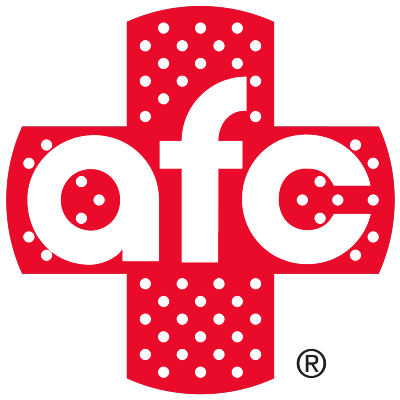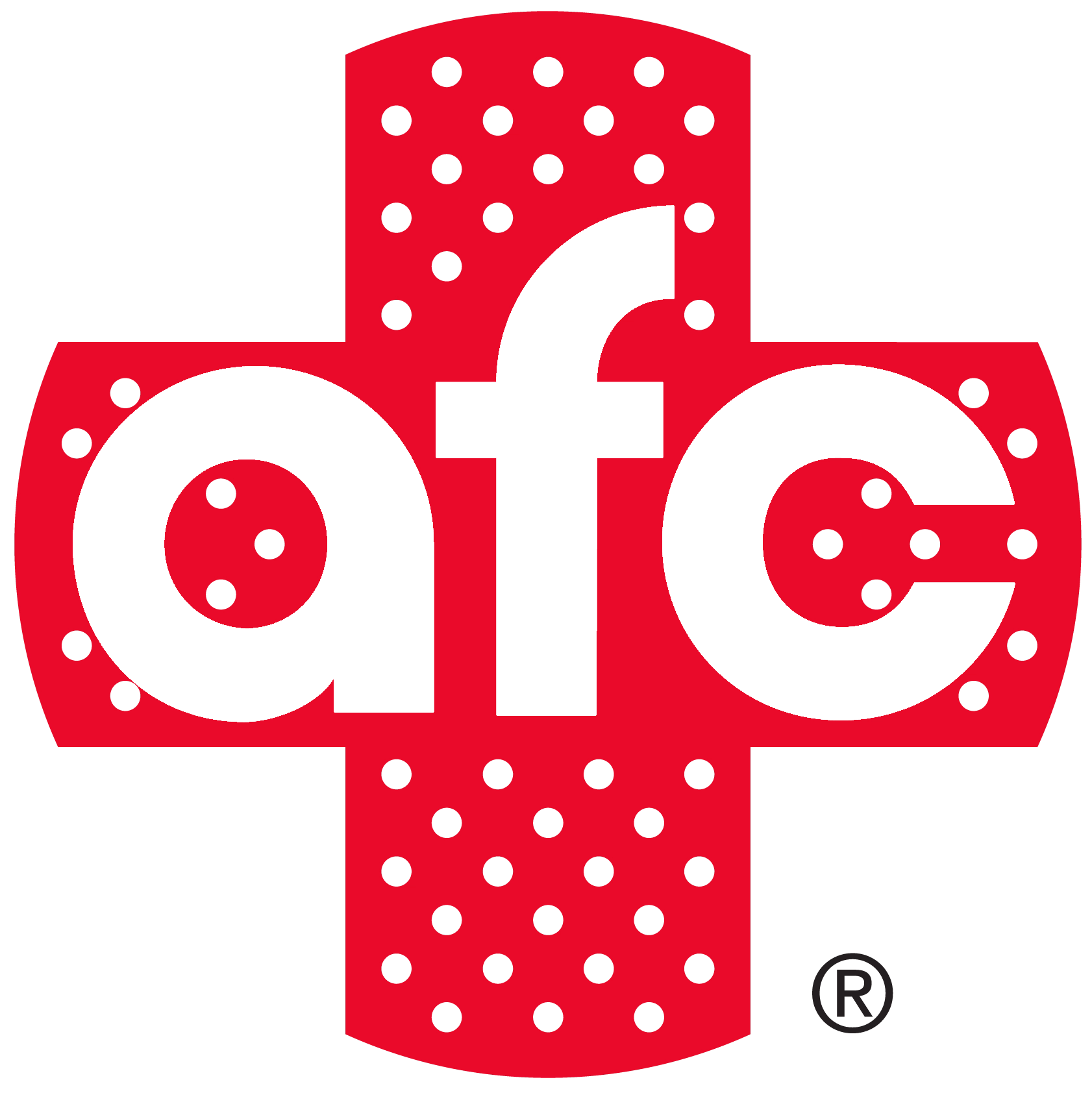Find The Location Nearest Covid-19 Testing
We think you’re located in zip code 37363. Not Right?
Abscess Incision & Drainage in Ooltewah TN | AFC Urgent Care
If you’re fighting a painful cyst or abscess, AFC Urgent Care can help. We offer Incision & Drainage services for severe skin wounds. Visit us 7 days a week – no appointment required.
Call our office or fill out our contact form to learn more.Abscess vs. Cyst: What’s the Difference?
Both cysts and abscesses are types of lumps that can form under the skin, but they have different causes and characteristics.
An abscess is a buildup of pus that develops when a bacterial infection prompts the body to produce white blood cells in response. The pus is composed of dead white blood cells, bacteria, and other debris, and often appears as a thick, yellowish fluid. Abscesses can be painful, swollen, warm to the touch, and can emerge anywhere on the body.
On the other hand, a cyst is a sac or pocket that contains air, fluid, or other substances. Cysts can stem from a range of factors, including blocked ducts, infections, or genetic conditions. Unlike abscesses, cysts tend to be painless and can feel firm or spongy to the touch. While cysts can form anywhere on the body, they are most commonly found on the skin, in the kidneys, or ovaries.
Skin Abscess Signs & Symptoms
An abscess occurs when pus builds up under the skin or in a body cavity due to an infection. The symptoms can differ depending on where the abscess is located, but some general signs can help identify an abscess.
- Pain: Abscesses can cause pain, which can intensify as the abscess increases in size. The pain might be a throbbing ache or a sharp, piercing sensation.
- Redness and Swelling: The skin surrounding the abscess may appear red and swollen. The affected area may also feel warm when touched.
- Pus or Fluid: An abscess contains pus, a thick yellow fluid that consists of bacteria, dead white blood cells, and other debris. If the abscess is near the surface of the skin, you may notice pus draining from it.
- Fever: In some cases, an abscess can cause a fever, indicating that the body is attempting to fight off an infection.
- Restricted Movement: If the abscess is close to a joint, it might restrict movement in that area.
Please keep in mind that not all abscesses cause symptoms, particularly if they are small or deep inside the body.
What causes an abscess?
When sweat or oil glands become blocked, bacteria can become trapped under the skin and lead to the development of an abscess. Injuries or cuts to the skin can also make it vulnerable to bacterial infection and abscess formation. Typically, people seek medical attention when the infection and inflammation become unbearable.
Additionally, individuals with diabetes, severe eczema or acne, a smoking habit, close contact with those with staph infections, or a weakened immune system may have a higher risk of developing an abscess.
Do I need an Incision & Drainage?
The Incision and Drainage procedure relieves pressure and pain caused by fluid buildup in abscesses and cysts. It involves making an incision to allow the fluid to drain out, reducing the size of the abscess or cyst and preventing the spread of infection. Without this procedure, the abscess may not heal completely on its own, and antibiotics alone may not be effective in eliminating the bacteria within the abscess cavity. Neglecting to treat the abscess can lead to severe infections such as sepsis, or require a debridement procedure to remove the abscess and surrounding dead tissue.
What to Expect during Incision & Drainage?
The incision and drainage procedure can vary depending on the type and severity of the abscess, but it generally follows a straightforward process. Your AFC provider will first use a local anesthetic to numb the area surrounding the abscess. After numbing the area, they will make a small incision in the abscess to allow the pus to drain out. If the abscess is large or deep, they may need to make additional incisions. Once the procedure is complete, your provider will clean and bandage the area and give you specific instructions on how to care for the wound at home, such as keeping it clean and dry and taking any prescribed antibiotics.
Incision & Drainage Recovery
The recovery period following an Incision and Drainage procedure can differ based on the abscess size, but typically takes around one to two weeks for the new skin to develop over the abscess bottom and its sides. Although complications from I&D are uncommon, if you encounter any of the following symptoms after the procedure, please seek medical assistance from AFC Urgent Care or another medical provider:
- Bleeding
- Increased Pain
- Redness and Swelling
- Fever
 How Can We Help?
How Can We Help?
- PATIENT SERVICES
- COVID-19 SERVICES
- TELECARE
- EMPLOYER RESOURCES
- PATIENT RESOURCES
- ABOUT US

Don't wait to get the medical attention you need.
CALL US TODAY | (423) 531-9110


